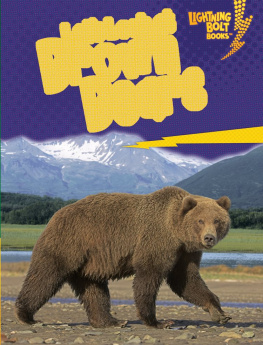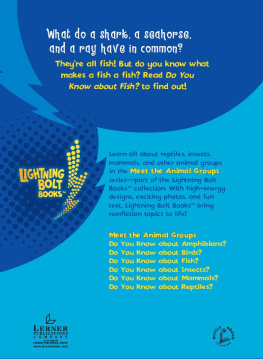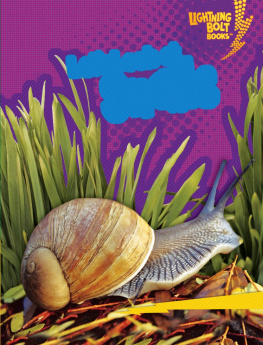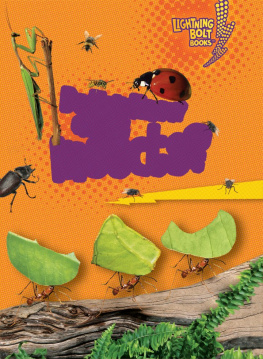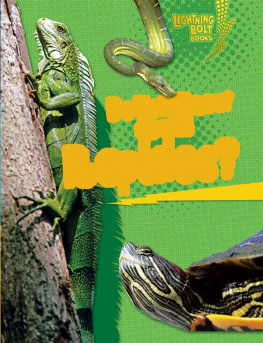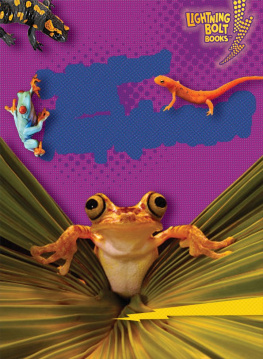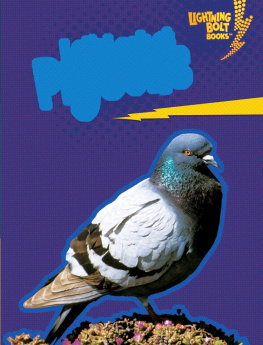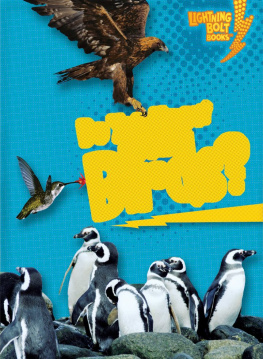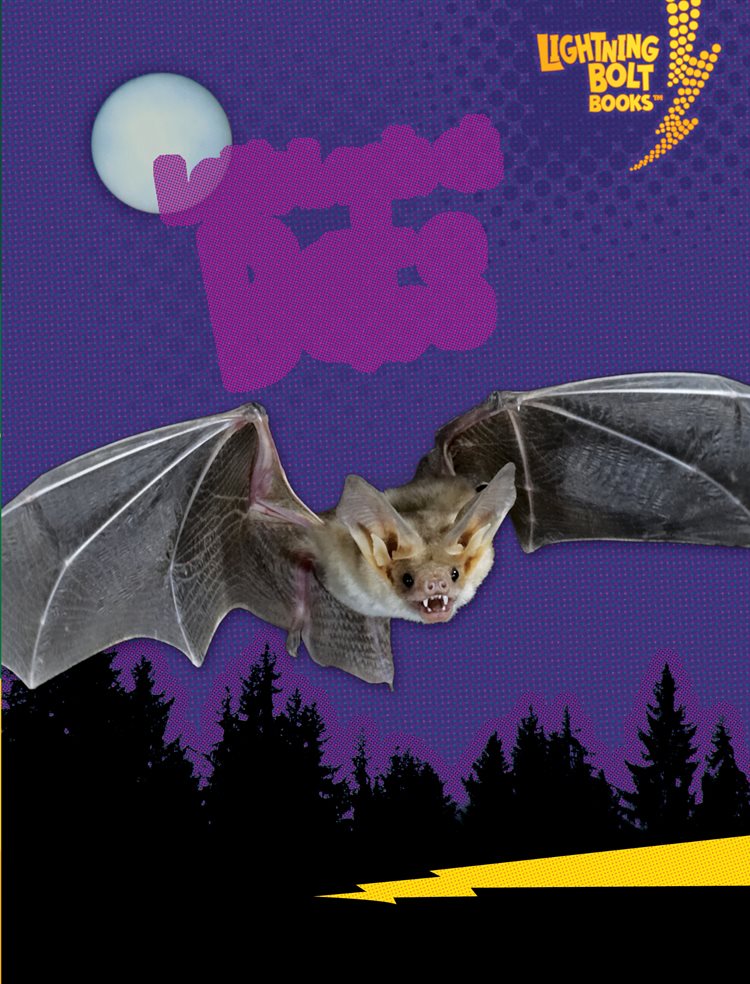Let's Look at
Bats
Ruth Berman
Copyright 2010 by Ruth Berman
All rights reserved. International copyright secured. No part of this book may be reproduced, stored in
a retrieval system, or transmitted in any form or by any meanselectronic, mechanical, photocopying,
recording, or otherwisewithout the prior written permission of Lerner Publishing Group, Inc., except
for the inclusion of brief quotations in an acknowledged review.
Lerner Publications Company
A division of Lerner Publishing Group, Inc.
241 First Avenue North
Minneapolis, MN 55401 U.S.A.
Website address: www.lernerbooks.com
Library of Congress Cataloging-in-Publication Data
Berman, Ruth.
Lets look at bats / by Ruth Berman.
p. cm. (Lightning Bolt BooksTMAnimal close-ups)
Includes index.
ISBN 9780761338857 (lib. bdg. : alk. paper)
1. BatsJuvenile literature. I. Title.
QL737.C5B452 2010
599.4dc22 2008051858
Manufactured in the United States of America
1 2 3 4 5 6 BP 15 14 13 12 11 10
Contents
page
page
page
page
page
page
page
page
page
page
Sq ueaking
Bats
Folds of skin on a bats face
help the bat make squeaking
sounds. Try using different
faces to help you make
different sounds.
The squeaking sounds
a bat makes are very
high-pitched.
Are these birds? No, they
are mammals called bats. Bats
are the only mammals that fly.
Likeallmammals,batshavehair.
Brownish hair covers
this bats body.
Like all mammals, baby bats
can drink milk from their
mothers.
A mother bat hangs
from a branch while her
babies drink her milk.
Bats at
Rest
Why are all these bats
upside down?
Bats hang upside down to rest.
This bat is
getting ready
to sleep in a
tree.
Bats rest on a roost. A roost
can be a tree, a cave, or an
attic.
A cave makes
a comfortable
roost for
these bats.
A bats strong toes have sharp
claws. Sharp claws help bats
hold onto roosts.
Batscanholdontoroostsallday!
Bats usually
fly at night.
Bats rest during the day. They
are nocturnal. Nocturnal
animals are awake at night.
Hunting and
Being
Hunted
These bats leave their roosts
every night to hunt for insects.
To find insects, bats use
echolocation. First, a bat
makes high squeaking sounds.
A bats squeaking sounds
help it find food.
The squeaking sounds bounce
off an insect. These sounds
come back to the bat as echoes.
The echoes tell the bat where
the insect is. How would
you make an echo?
Echoes led
this bat to
a moth.
Some bats squeak through
their noses!
The horseshoe bat
squeaks through its
big nose.
A bat can get a
drink while flying.
Just like you, bats need
to drink water.
Some bats also drink nectar
from flowers. Nectar is sweet.
Bats carry yellow
pollen from flower to
flower. Pollen helps
flowers make seeds.
Watch out!
Some snakes eat bats.
A tree snake tries to catch
a bat as it flies past.
Bats
Bodies
Look closely at the wings of
this bat. Each wing is made of
an arm and hand.
Do you see the
fingers on this
bats hand?
Thin skin joins the
arm and four fingers. The
thumb sticks out alone.
This bats thumb
has a claw.
Baby
Bats
Baby bats are called pups.
Some pups live in safe places
called nurseries.
These pups
nursery is in
a cave.


